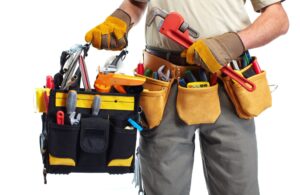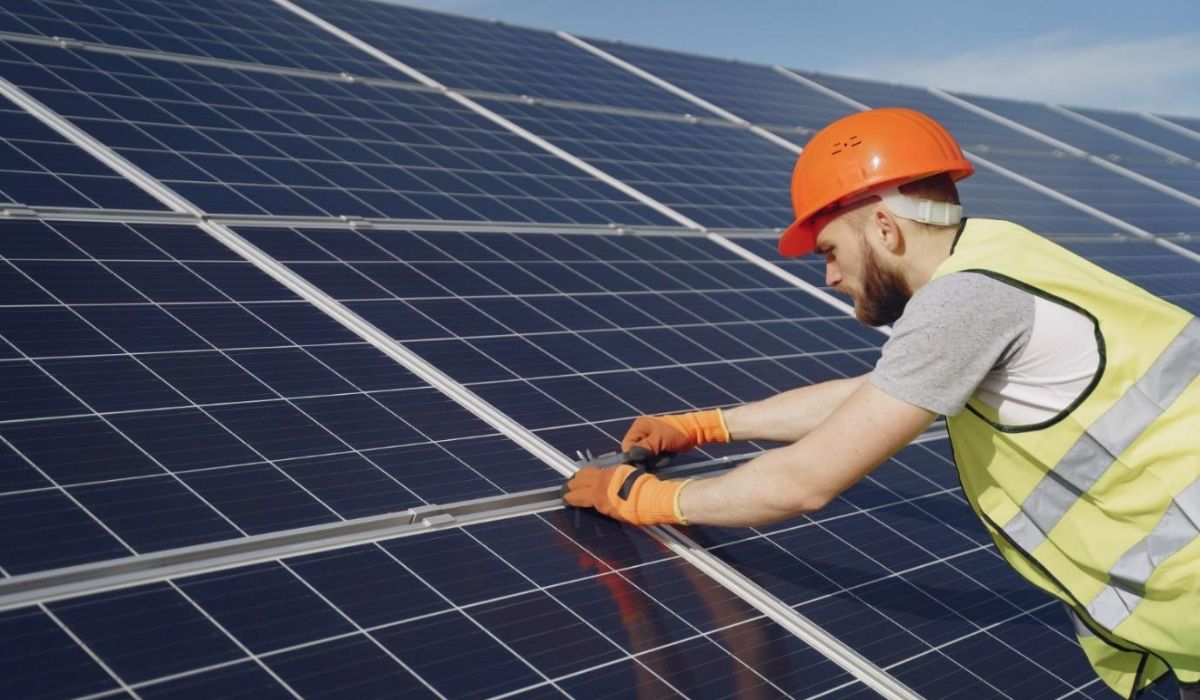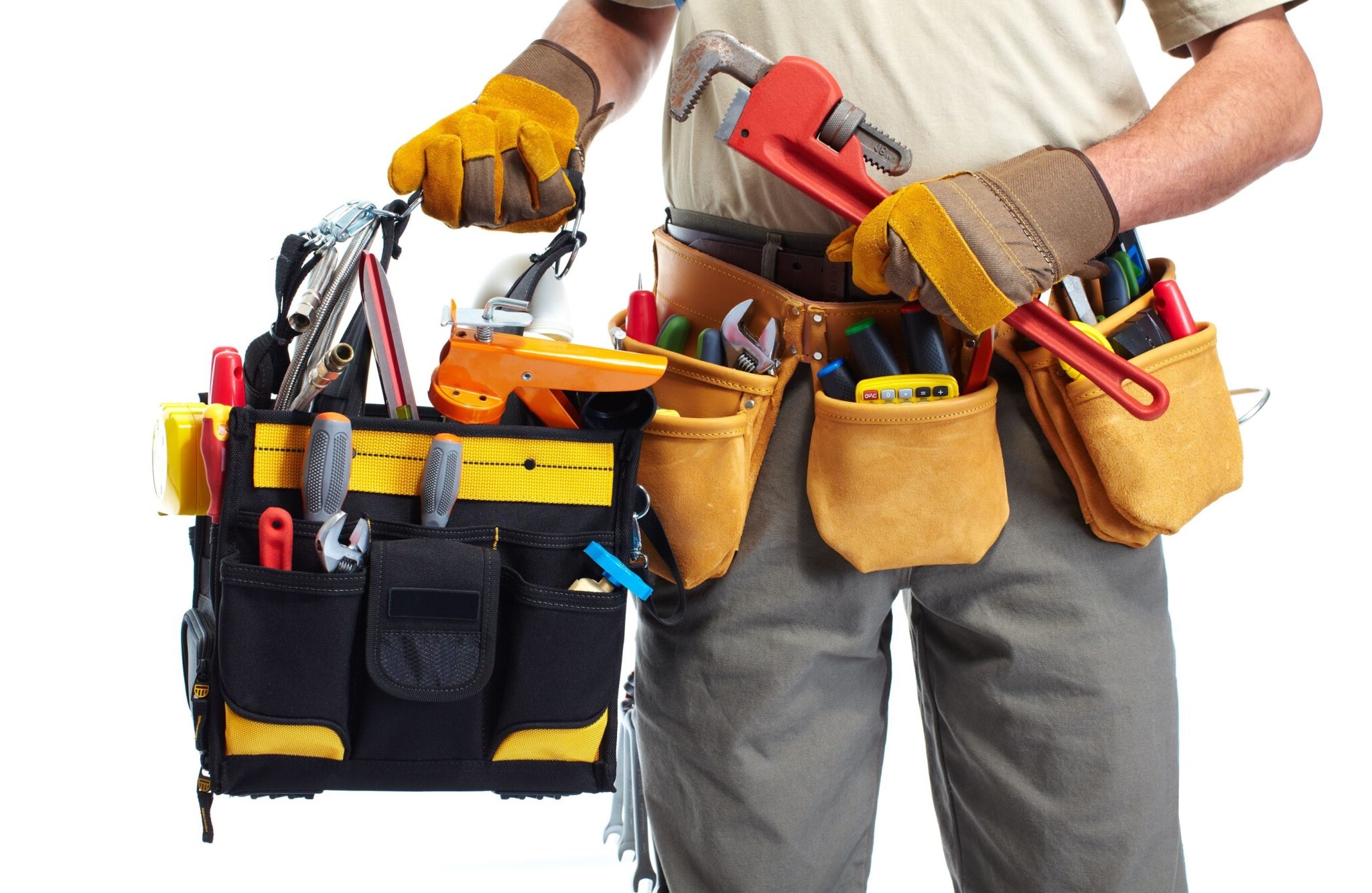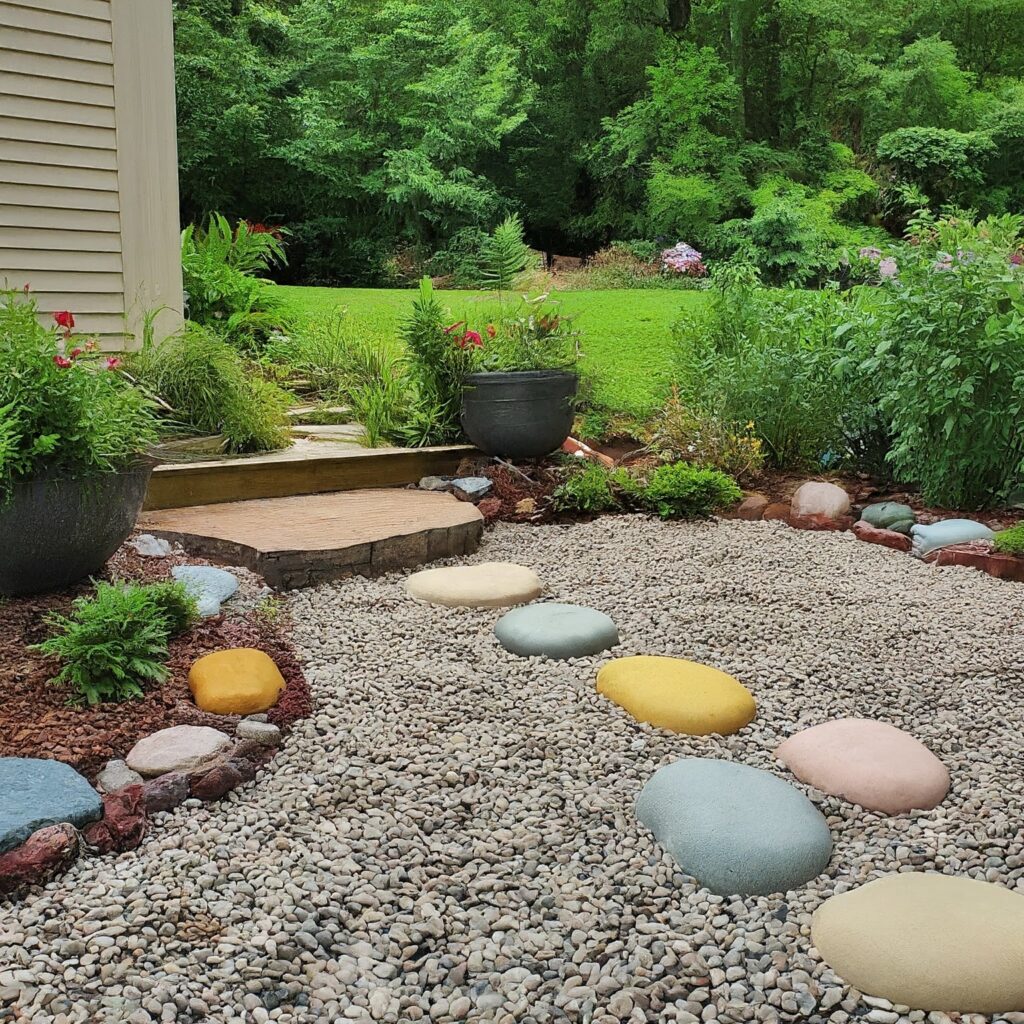
Pea gravel patios offer a charming and budget-friendly way to create an inviting outdoor space. They are perfect for patios, walkways, or even fire pit areas. Plus, the DIY aspect allows you to customize the size, shape, and design to perfectly complement your backyard.
This guide will equip you with all the information you need to tackle this project, from essential tools to helpful tips gleaned from real-life experiences.
Essential Tools for Your Pea Gravel Patio Project:
- Measuring and Marking Tools:
- Tape Measure: A reliable tape measure is crucial for accurate patio dimensions and ensuring straight lines.
- String Line and Stakes: These will help you mark the perimeter of your patio and maintain clean edges during excavation.
- Spray Paint (Optional): Marking the desired patio outline with spray paint can further enhance visibility during digging.
- Excavation and Edging Tools:
- Shovel: A sturdy shovel is your workhorse for removing sod and creating the base for your patio.
- Pickaxe (Optional): If you encounter tough roots or compacted soil, a pickaxe will come in handy for breaking them up.
- Edging (Optional): Landscape edging creates a clean separation between your pea gravel and surrounding areas like grass or flower beds. You can choose from plastic, metal, or even stone edging depending on your preference.
Pro Tip: Renting a sod cutter can significantly reduce excavation time, especially for larger patios.
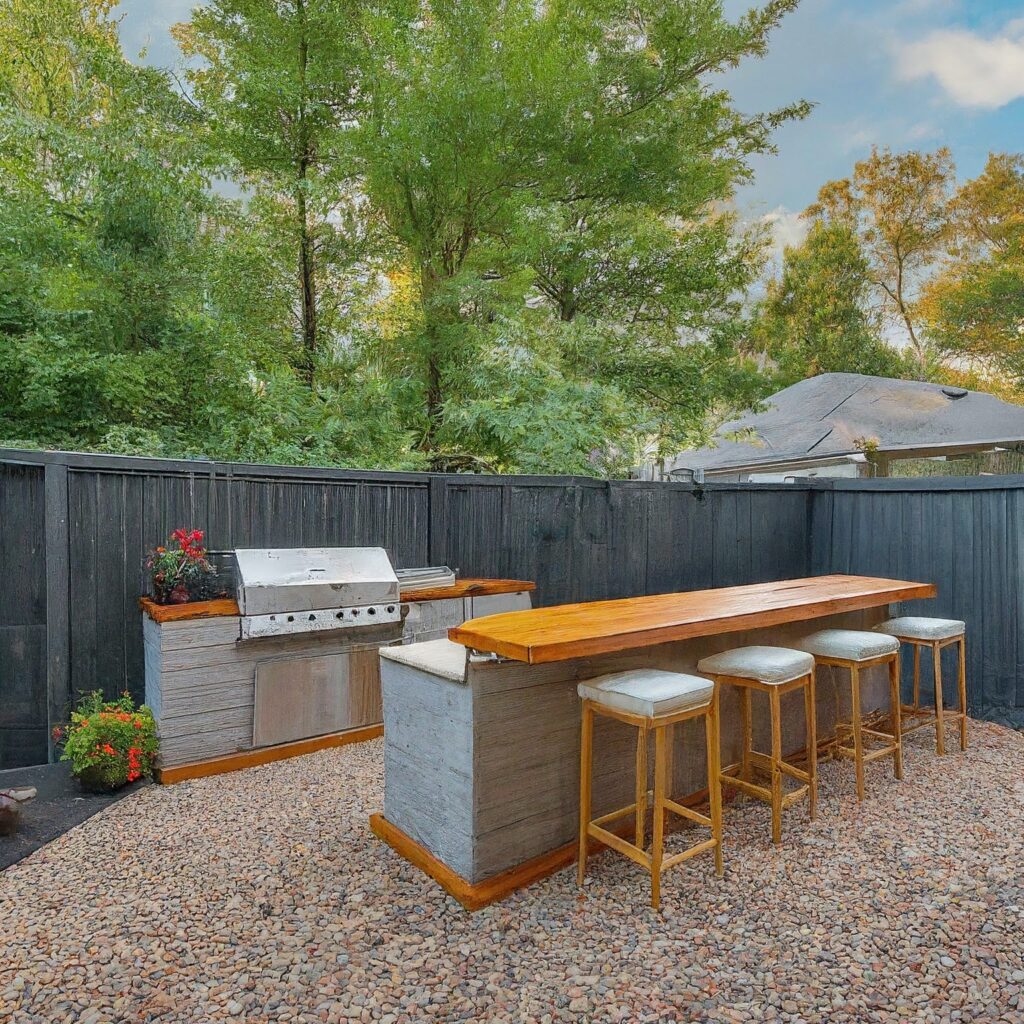
- Compaction Tools:
- Tamper or Plate Compactor: Compacting the base layer is essential for a stable and weed-resistant patio. A tamper is a manual tool suitable for smaller patios, while a plate compactor is more efficient for larger areas. You can usually rent a plate compactor from your local hardware store.
- Additional Tools:
- Wheelbarrow: This will be helpful for transporting excavated soil and spreading gravel.
- Work Gloves: Protect your hands while digging and handling materials.
- Safety Glasses: Eye protection is recommended to prevent debris from entering your eyes during excavation.
- Broom and Rake: Smoothing the base and leveling the gravel will be easier with a rake and broom.
Beyond the Tools: Materials You’ll Need:
- Pea Gravel: Choose the size and color that best suits your taste. Common pea gravel sizes range from 3/8 inches to ½ inches. For a more comfortable walking surface, consider a slightly larger gravel size.
- Landscape Fabric: This weed barrier prevents weeds from pushing through the gravel and helps maintain a clean patio.
Getting Inspired by Real DIYers:
Here are some insights gleaned from people who have built their own pea gravel patios:
- Sarah from Oregon shares her experience: “We built a pea gravel patio around our fire pit, and it turned out great! We used leftover landscape timbers for edging, which added a nice rustic touch. The best tip I can give is to rent a sod cutter – it saved us so much time and effort!”
- Michael from Texas recommends: “For anyone living in a hot climate, consider using a light-colored pea gravel. Darker gravel absorbs more heat and can get scorching underfoot during the summer.”
- Lisa from California emphasizes the importance of good drainage: “We made sure to create a slight slope on our patio base to direct water runoff away from the house. This helps prevent any water pooling issues.”
Pea Gravel vs. Pavers: Choosing the Right Path for Your Patio
When it comes to crafting your outdoor oasis, two main contenders emerge for patios and walkways: pea gravel and pavers. Both offer distinct advantages and disadvantages, making the ideal choice dependent on your specific needs and preferences. Let’s delve into the key factors to consider:
Cost:
- Pea Gravel: The clear winner on budget-friendliness. Pea gravel is significantly cheaper than pavers, both in material and installation costs.
- Pavers: While more expensive upfront, pavers can add value to your property and last considerably longer than pea gravel.
Maintenance:
- Pea Gravel: Relatively low maintenance, requiring occasional weed removal and topping up displaced gravel. However, it can be uncomfortable to walk on in heels or bare feet, and the loose nature allows for debris like leaves to accumulate.
- Pavers: Generally lower maintenance than pea gravel. They offer a stable, level surface and are easier to clean. However, weeds can still grow between pavers, requiring occasional attention.
Aesthetics:
- Pea Gravel: Provides a natural and rustic look, blending seamlessly with gardens and landscaping. You can choose from various colors and sizes to achieve your desired aesthetic.
- Pavers: Offer a wider range of design possibilities with a variety of colors, shapes, and patterns. You can create a more formal or modern look depending on your choices.
Drainage:
- Pea Gravel: Naturally drains well due to the spaces between the stones.
- Pavers: May require additional considerations for proper drainage, such as creating a slight slope on the base or using gravel underneath the pavers.
Durability:
- Pea Gravel: Over time, pea gravel can get displaced and may require periodic re-leveling. It’s also susceptible to erosion, especially on slopes.
- Pavers: Pavers are highly durable and can last for decades with proper installation and maintenance. They are also less prone to erosion.
Here’s a quick decision chart to summarize:
| Feature | Pea Gravel | Pavers |
| Cost | Low | High |
| Maintenance | Low-Medium | Low |
| Aesthetics | Natural, rustic | Diverse design options |
| Drainage | Excellent | May require additional work |
| Durability | Moderate | High |
Remember:
- Call your local utility locating service before you dig to avoid hitting any underground pipes or wires.
- Obtain any necessary permits from your local authorities if required in your area.
- Don’t underestimate the amount of pea gravel you’ll need. It’s always better to order a little extra to avoid running out halfway through the project.
The Final Verdict:
There’s no single “best” option. Pea gravel shines for budget-conscious homeowners who prioritize a natural look and low maintenance. Pavers are ideal for those seeking a more permanent, sophisticated patio with a wider design palette. You can even consider a combination approach, using pea gravel for pathways and pavers for the main patio area.
With the right tools, planning, and some inspiration from fellow DIYers, you can create a beautiful and functional pea gravel patio that will transform your backyard into a perfect outdoor haven!
-
5 Questions to Consider Before Installing Rooftop Solar
As energy costs rise and environmental concerns grow, many homeowners are considering rooftop solar panels as a sustainable and cost-effective
-
How Much Does A Handyman Charge To Paint A Room In Minnesota?
Giving your Minnesota home a fresh coat of paint can breathe new life into a space. But if you’re not
-
How Much Does a Handyman Charge Per Hour in Minnesota (Updated for 2024)
Keeping your Minnesota home in tip-top shape often requires a toolbox full of skills and sometimes, more hands than you



